Below are 5 villages in Vietnam recognized by the United Nations Tourism Organization (UN Tourism) as "The best tourist villages in the world ".
Lo Lo Chai ( Tuyen Quang )
Lo Lo Chai village is located in Lung Cu commune, 154km from Ha Giang ward, at an altitude of about 1,470m above sea level. Coming here, visitors will be overwhelmed by the ancient houses with earthen walls, yin-yang tiled roofs, and moss-covered stone fences.
The whole village has 120 households, mainly Lo Lo people, of which 56 households are involved in tourism. Most of the remaining households grow corn, rice and brew traditional wine. Unique cultural features such as brocade weaving, embroidery, and traditional rituals are preserved and skillfully introduced to tourists.
With cool climate, beautiful scenery, friendly people and unique culture, Lo Lo Chai is a tourist destination with great potential for development in Tuyen Quang.
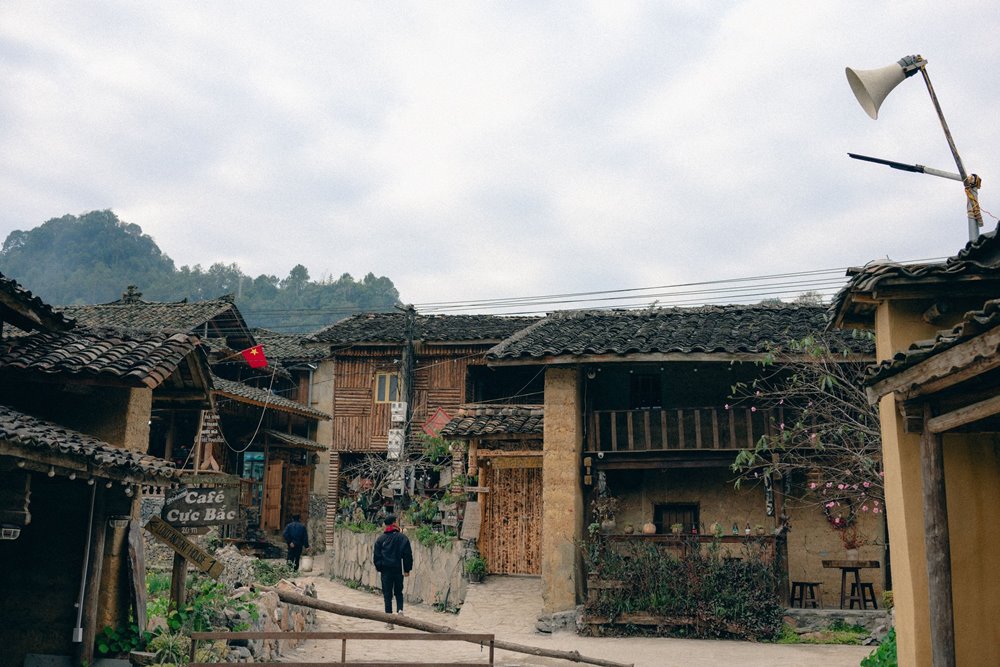
Unique rammed earth houses in Lo Lo Chai. Photo: Hoang Minh Duc
Quynh Son (Lang Son)
Quynh Son is located in Bac Son, Lang Son province, about 80km from Lang Son city center.
Located at an altitude of more than 600m above sea level, Quynh Son is surrounded by limestone mountains and poetic winding rivers and streams. In particular, more than 400 Tay households living here all build their houses facing south, with wooden floors and yin-yang tiled roofs. This creates uniformity and uniqueness in architecture.
With the majority of the population being Tay ethnic group, Quynh Son has many unique and attractive cultural features. Coming here, visitors can experience brocade weaving, pounding rice cakes, making corn wine, participating in the harvest festival with games such as throwing con, swinging…
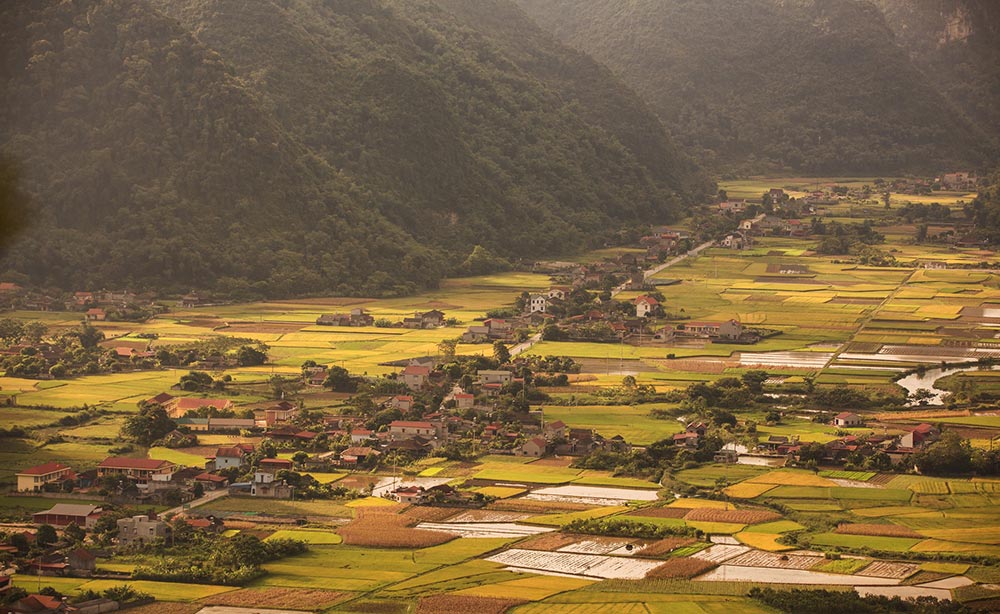
Quynh Son is on the list of the world's best tourist villages in 2025. Photo: Tran Duc Hoang
Thai Hai (Thai Nguyen)
12km from the center of Thai Nguyen, Thai Hai eco-village is home to Tay and Nung ethnic people.
What makes Thai Hai special is its unique community model. More than 150 Tay and Nung people live together in the village in the spirit of “eating from the same pot of rice, spending from the same wallet”, both preserving their ancestral culture and developing sustainable tourism.
Visitors can choose to experience walking around the cool green tea forest, enjoying bamboo rice, stream fish, and wild vegetables. In the evening, everyone can immerse themselves in Then singing and the lively Tinh lute of the local people.
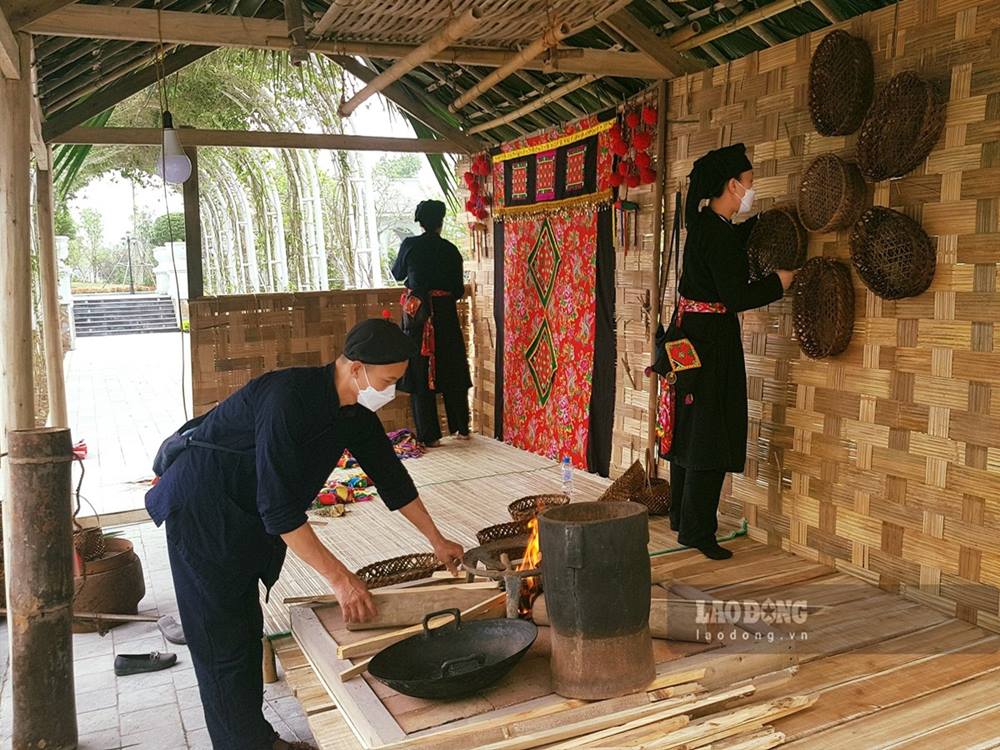
Thai Hai is home to the Tay and Nung ethnic groups. Photo: Phung Minh
Tan Hoa (Quang Tri)
Tan Hoa possesses a “beautiful landscape” with towering limestone mountains on all sides, flat green valleys, and the winding Rao Nan River. Not only natural, Tan Hoa also retains many unique cultural features such as traditional festivals, lifestyles associated with forests, mountains, caves, and grasslands of the Nguon ethnic group.
Once known as the “flood center” of the Central region, the most unique feature that helps Tan Hoa gain international recognition is its weather-adaptive tourism model. Locals have created floating houses and flood-proof homestays to ensure safety for locals and tourists when the water rises.
In addition, cave systems such as Tu Lan, which have been professionally exploited with many trekking and exploration tours, have also helped turn Tan Hoa from a remote village into a famous tourist destination both domestically and internationally.
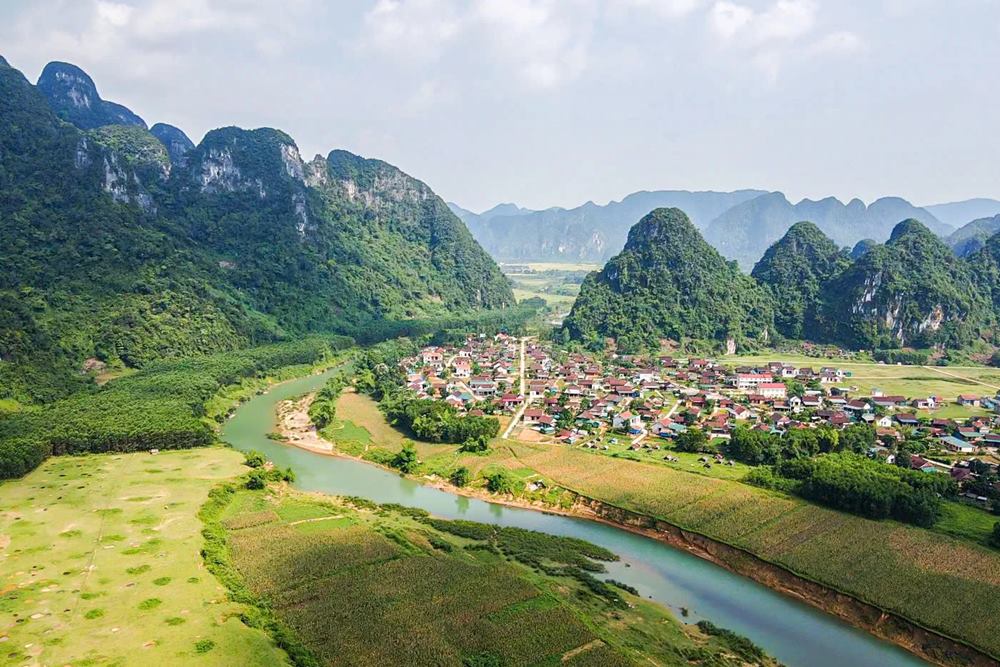
Tan Hoa village impresses with its weather-adaptive tourism model. Photo: Hoang Trung
Tra Que (Da Nang)
Tra Que vegetable village is located in Hoi An Tay ward, Da Nang city, about 2.5km from the center of Hoi An ancient town.
Tra Que Village has a history of more than 300 years and has long been famous for growing herbs and vegetables. In 2022, Tra Que vegetable growing was recognized by the Ministry of Culture, Sports and Tourism of Vietnam as a National Intangible Cultural Heritage.
Located on alluvial land, Tra Que maintains a method of growing vegetables close to nature, using little or no strong chemicals, promoting the value of land, water and native organisms. Visitors to Tra Que not only admire but also participate in the process of planting and harvesting vegetables, and learn how to take care of the garden.
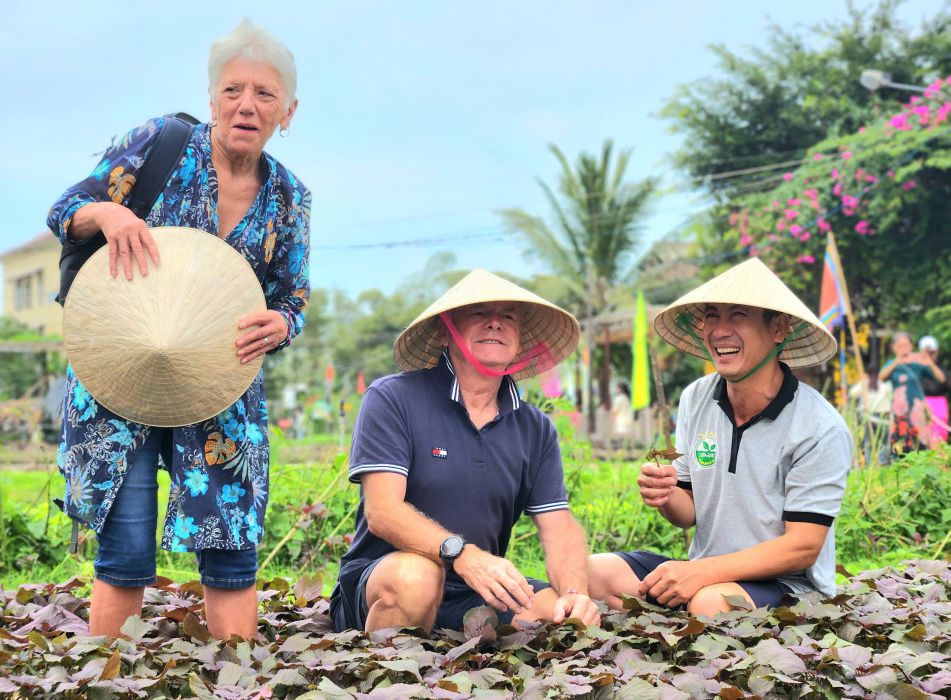
Tra Que vegetable village in Da Nang. Photo: Truong An
Laodong.vn
Source: https://laodong.vn/du-lich/kham-pha/5-lang-du-lich-o-viet-nam-duoc-vinh-danh-tot-nhat-the-gioi-1597322.html














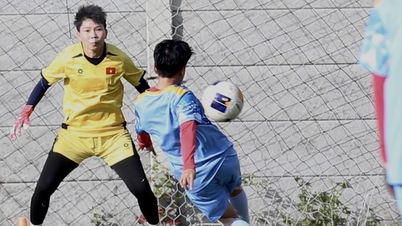




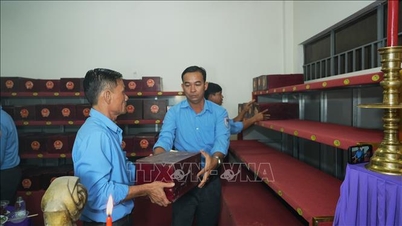

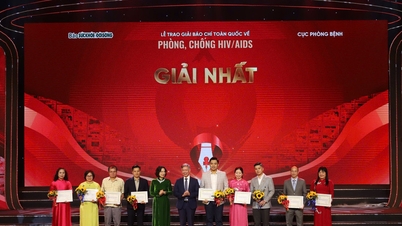
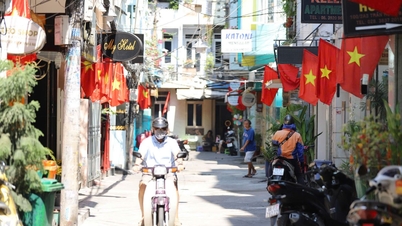
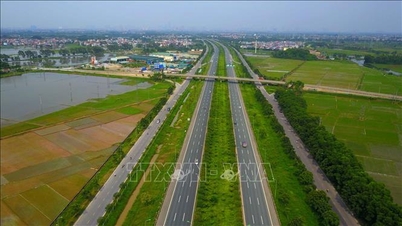
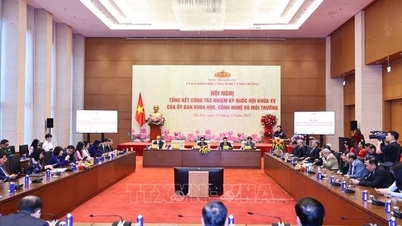
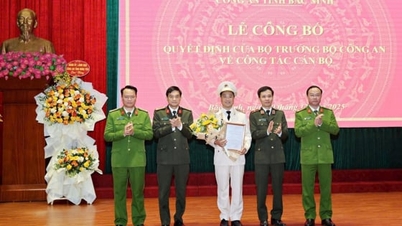








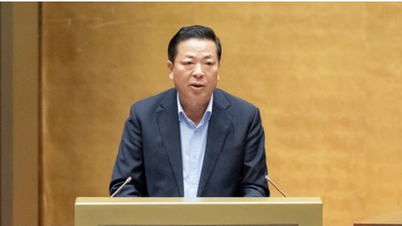




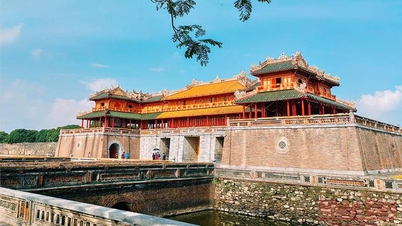


![[Video] The craft of making Dong Ho folk paintings has been inscribed by UNESCO on the List of Crafts in Need of Urgent Safeguarding.](https://vphoto.vietnam.vn/thumb/402x226/vietnam/resource/IMAGE/2025/12/10/1765350246533_tranh-dong-ho-734-jpg.webp)

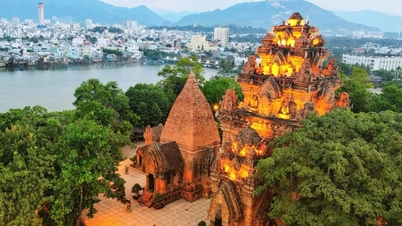



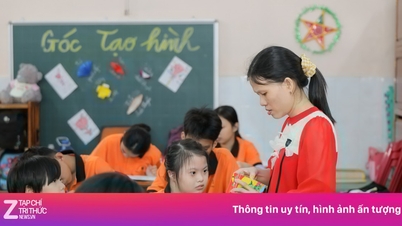





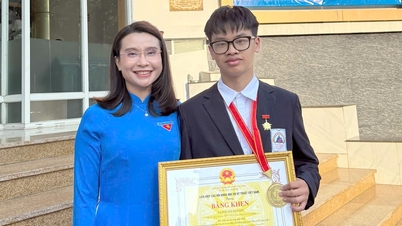

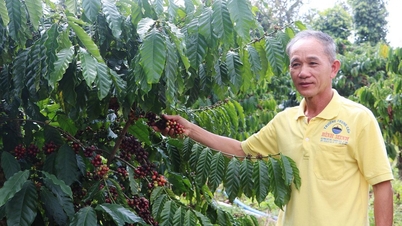
























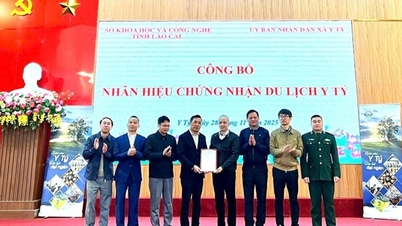
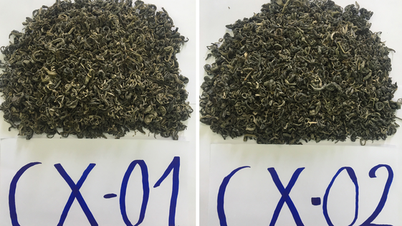
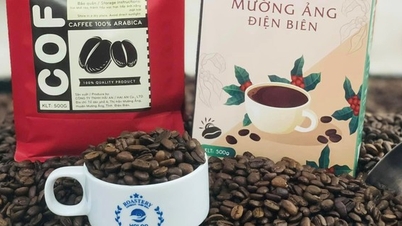
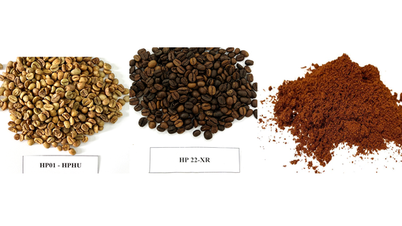
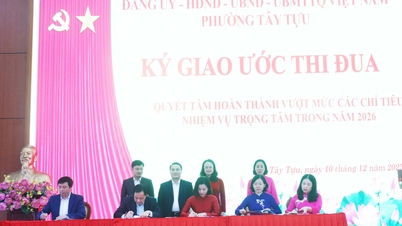
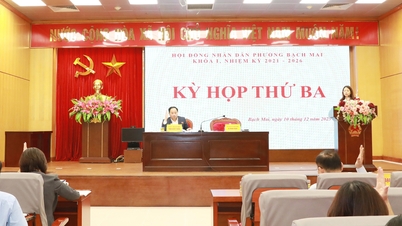
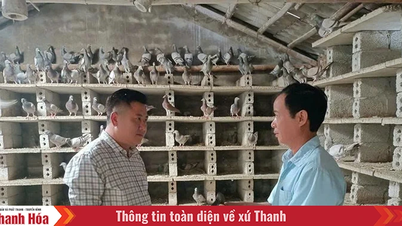

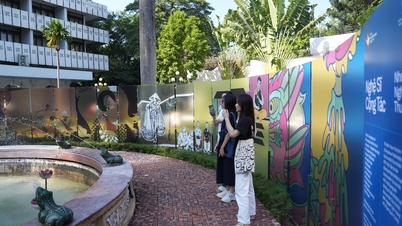

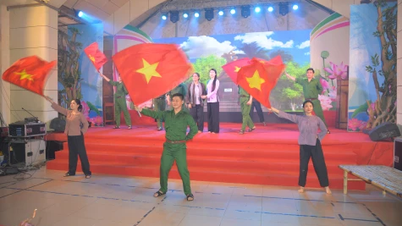

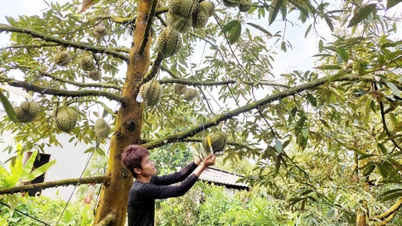












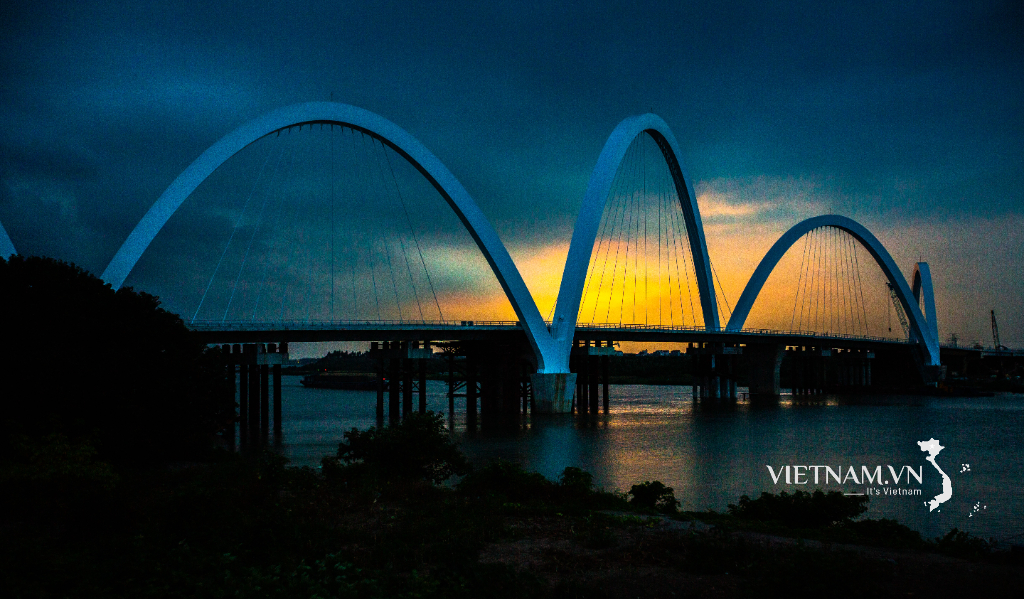





Comment (0)